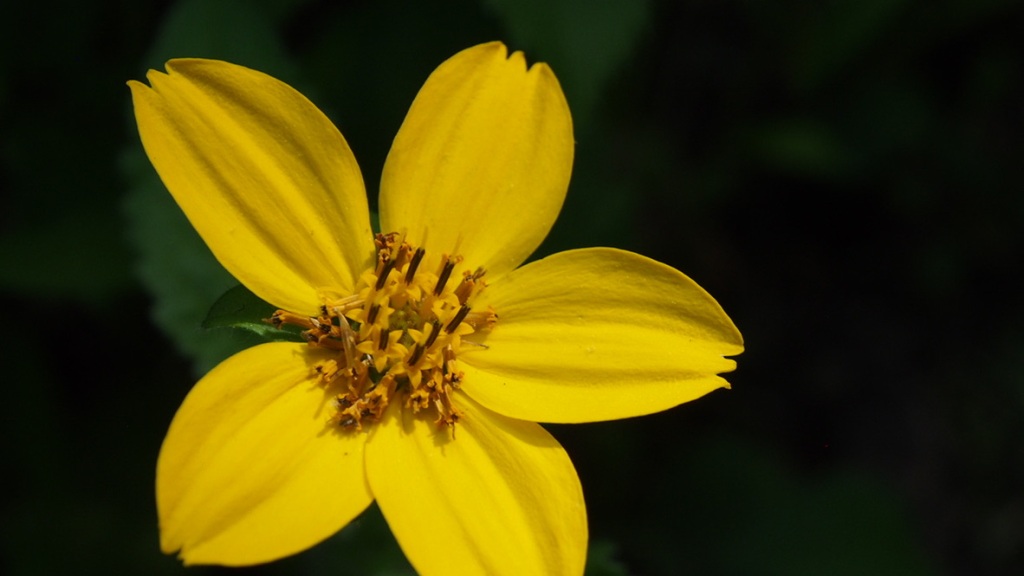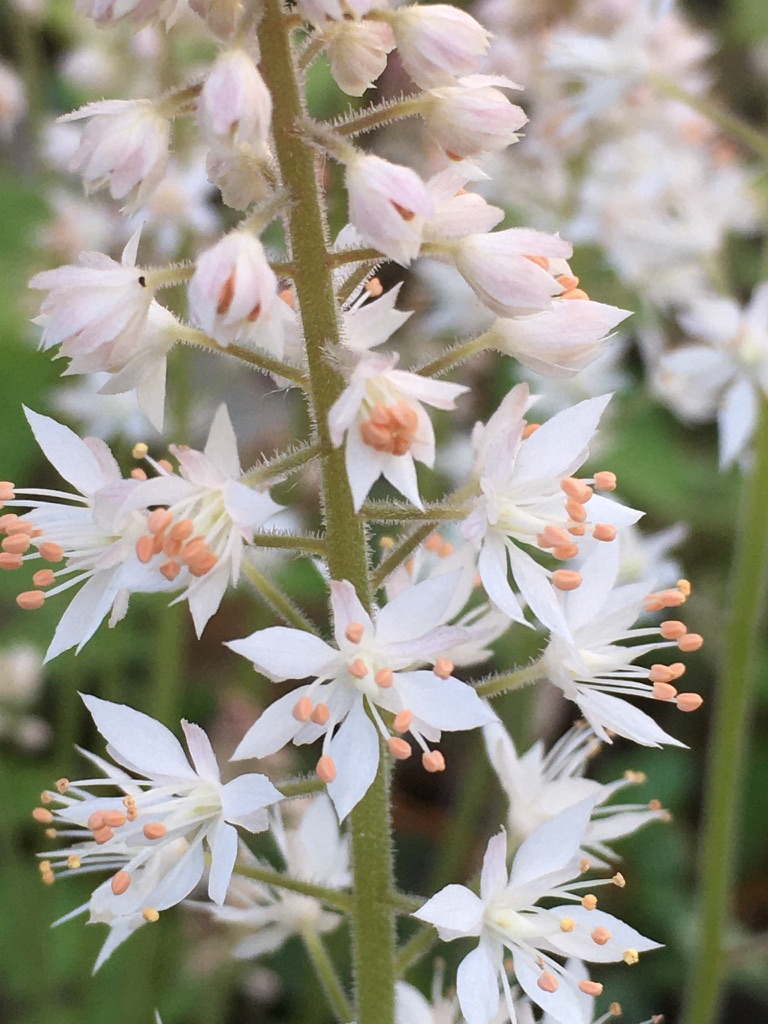
Recently we sent an email out to our list that, in part, touted Phlox stolonifera (Creeping Phlox) as a good green mulch.
We thought we would take some time here to explain what exactly a green mulch is and how to make it work.
Mulch, as is commonly used in the American ornamental landscape is typically comprised of shredded hardwood, pine bark, pine needles, or chipped up pallets dyed unnatural colors. It is spread around the landscape encircling tree and shrub bases. It serves various purposes: protection from lawn maintenance equipment, protection from frost heave, addition of nutrients to the soil as it breaks down, prevention of soil erosion, protection from temperature and moisture extremes and weed control. Mulch certainly does all these things, but how often when you have gone to a garden do you appreciate the mulch? Are you there to look at the mulch or to admire the plants, the combinations, the textures, the colors? In our opinion there should not be more mulch covering the ground than plants. And this is where green mulching comes in.

Green Mulching is a technique that has been used for centuries. It has had other names throughout that time – cover cropping, green manure, living mulch. It has its genesis in agricultural applications, implemented to stave off soil erosion during the off season.
The idea of covering soil beyond simply mulching is becoming more popular.
Green Mulching, or living mulch, in a landscape basically means using plants to do what a layer of mulch would do in the garden, but also getting the benefits of having more plants in your garden like increased seasonal display, enhanced diversity, less mulch to look at, not having to spend resources of time, money and energy on mulching.
When considering plants for green mulch, think how you use your mulch and where it is located in the garden, and look into what plants can work in that space for that purpose.
Generally you are looking for a groundcover. Something that will stay low under the existing plants, but cover the soil. These plants do not have to be evergreen, their roots and proper timing for a garden clean up, will keep the soil in place even in the winter.
So what plants will work for green mulch?

Phlox stolonifera, Creeping Phlox, as mentioned above.
Wine Cups (Callirhoe invalucrata)
Green and Gold (Chrysoganum virginianum)
The Coral Bells (Heuchera sp.)

The Foam Flowers (Tiarella sp.)
The Violets (Viola sp.)
The Golden Alexanders (Zizia sp.)

Golden Ragwort (Packera aurea)
Many of us remove grass, only to put in lots of mulch. How about grasses as mulch?
Either colonizing grasses that spread undergroud
Purple Love Grass (Eragrostis spectabilis)
or plant clumping grasses en masse:
Tufted hairgrass (Deschampsia caespitosa)
Crinkled Hairgrass (Deschampsia flexuosa)
When considering green mulch we can consider some of the attributes of plants we once found undesirable in the garden as desirable. When creating living mulch, aggressive groundcovers may be good. We no longer want to see the mulched areas in the garden, we want the soil covered in pollinator-supporting, diversity increasing, root growing, soil-holding plants.
Plants in the mint family – notorious as garden aggressors – may now serve a new function – green mulch:
Catmint (Calamintha nepeta)
Bishop’s Wort (Stachys officianlis)
Wall Germander (Teuchrium chamaedrys)
Want more ideas? Or none of these suitable for your particular site?
Did you know you can search by plant characteristic on our website? Simply click on the “search by characteristic” at the top right of the website. For green mulch, be sure to check groundcover in the options, and then select the other conditions of your landscape – sun, shade, wet, dry, acidic etc.
Our friends at Edge of the Woods Nursery have a couple great blog posts (here and here) on Living Mulch/ Green Mulch with lists of good plant options as well.
